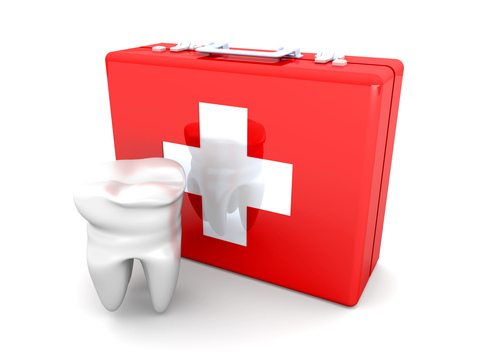When You’re Not a Fan of the Band
July 13th, 2023

Those little rubber bands that fit around brackets and wires put the “fun” in “functional”! You can make a statement with a punch of neon brightness, select vivid holiday hues, or celebrate your favorite team or school colors. And when you’re ready for a new look, you can replace them with a whole new color scheme. All good things!
But what if you don’t want colorful? Or thematic? Or changeable? What if you’re looking for discreet, subtle, and permanent? In that case, self-ligating braces might be just the answer.
“Ligating” means tying to, or binding. Typical braces use elastic ligatures, the technical name for those colorful little rubber bands, to fit around each bracket to bind the archwire in position. Self-ligating braces, on the other hand, use brackets which hold an archwire without the need for ligatures. These braces are designed with a metal clip or door right on the bracket itself, and these mechanisms slide over or flip down to hold the archwire securely to the bracket. No bands necessary!
How do self-ligating braces compare to typical braces?
- Appearance
Without ligatures, this design results in a more subtle visual profile for your braces. And if you’re looking for an even more discreet option, you might consider clear or enamel-colored self-ligating brackets.
- Effectiveness
Self-ligating braces are as effective as typical bracket-and-band braces. Because every patient is unique, we can tell you which treatment is best for you, and can estimate your projected treatment time for whichever option you choose.
- Cost
The cost of brackets will vary, depending on design and materials. Ask Dr. Gregory Dyer for a specific comparison.
- Convenience
Brushing can be more effective when you don’t need to maneuver around an assortment of bands. You also don’t need to worry about replacing bands if they come loose. (Or finding those little hoops all over your house!)
Elastic bands are great fun—and very effective—but if you want a more subtle look for your braces, consider letting your brackets go solo. Give our Tampa office a call. We’ll be happy to explain self-ligating technology in greater detail, and to provide you with the best and most complete information you’ll need to make your choice of braces the right choice for you.











 Website Powered by Sesame 24-7™
Website Powered by Sesame 24-7™